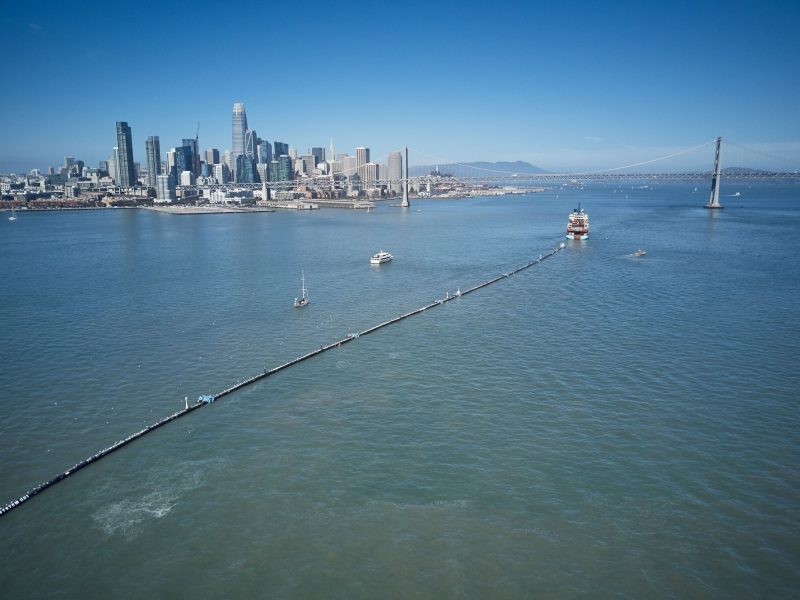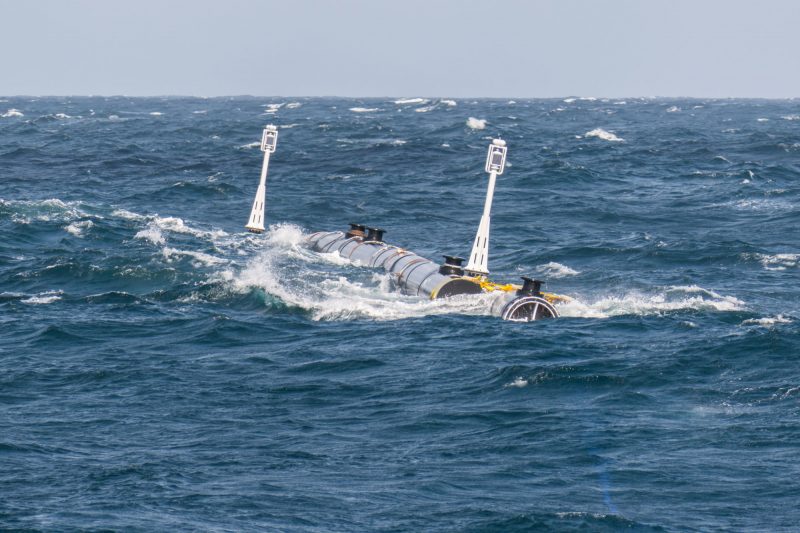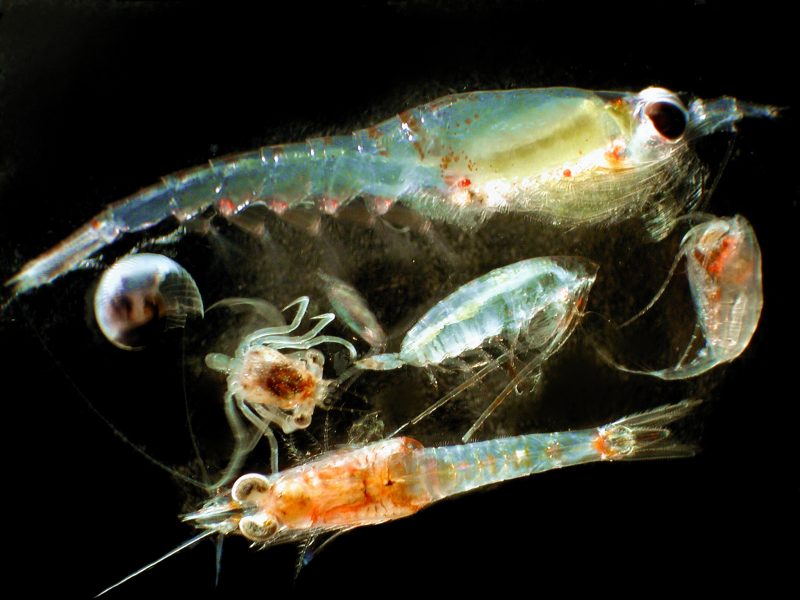BY TAYLOR LOGAN
On Sept. 8 a system was launched in San Francisco.

The Ocean Cleanup’s new initiative, the System 001, was met with much praise, and thousands of fans. With a hopeful future of a plastic-free ocean, a plan came into action in 2011 and the dream of the Netherland’s non-for-profit finally came true.
The System, dubbed Wilson, was created to clean the Great Pacific Garbage Patch, the world’s largest accumulation of ocean trash, situated between Hawaii and California and containing over 1.8 million pieces of trash.
According to Rick Van Holst Pellekaan, a spokesman for The Ocean Cleanup, the plans for the system’s cleaning initiative are a small part of a bigger picture.
“The main focus for the Ocean Cleanup’s system is removing plastic from gyres, where oceanic currents collide and trap plastic,” Van Holst Pellekaan said. “The second goal is to create awareness about a global issue, and showing people that something can be done.”
But after almost four months of travel, everything changed.
On Dec. 29 a piece of floating pipe broke off and drifted away, leaving the system unable to do its job.

The media exploded, and people all over the world were shocked at the organization’s failure.
Everyone except for Dr. Kim Martini.

Martini, an oceanographer and skeptic in Seattle, predicted the failure while the system was still in the rough stages of planning. In response to a TED talk done by Boyan Slat, the founder of the Ocean Cleanup initiative, Martini wrote not one, but two articles. In the articles, one in 2013, and a follow up in 2014, Martini harshly critiqued the system, from stating that it would never survive the ocean’s current, to the environmental impact behind it.
In 2018, her prediction came true.
Martini originally wrote the article due to a lack of criticism from the media. Everyone was amazed by the “World’s first ocean-cleanup concept” but no one was questioning it.
“There was a lot of fanfare from the media but there wasn’t a lot of really critical information about the feasibility study for the Ocean Cleanup.” Martini said. “So, some journalists that we knew had kept on asking this question and I said, well is there a way that anyone could review the stability study and kind of give us the answers.”
Martini, along with Miriam Goldstein, a fellow oceanographer, decided to find the answers that no one else would look for.
And what they found was shocking.
The system would do more harm than good to the ocean’s ecosystem. While collecting garbage, System 001 used currents and winds to draw garbage towards it. This creates a suction effect and poses a cause for concern.
“The biggest concern, particularly for those in the biological community,” Martini said, “is that the system is designed to capture plastic at the surface of the ocean. If it is capturing plastic, it is probably capturing a lot of creatures that live on the surface of the ocean as well.”
“Zooplankton are delicate creatures and they are the biggest creature affected by the machine, are being sucked into the motor and spit back out, still alive, but barely,” Goldstein wrote in the article. “They might still be twitching, but they have lost a lot of their important parts, like antennae and feeding apparatus’. ”

Zooplankton are an important part of the ocean ecosystem, feeding fish, crabs and other marine life. Without them, an ocean catastrophe would be at play.
In the future, the Ocean Cleanup is planning on releasing more systems into the ocean, up to 60, as well as System 001 after repairs are made, according to Van Holst Pellekaan.
But without more design advancements, and a better understanding of the life the sea holds, the Ocean Cleanup could be damaging the one place it is so desperately trying to save.
